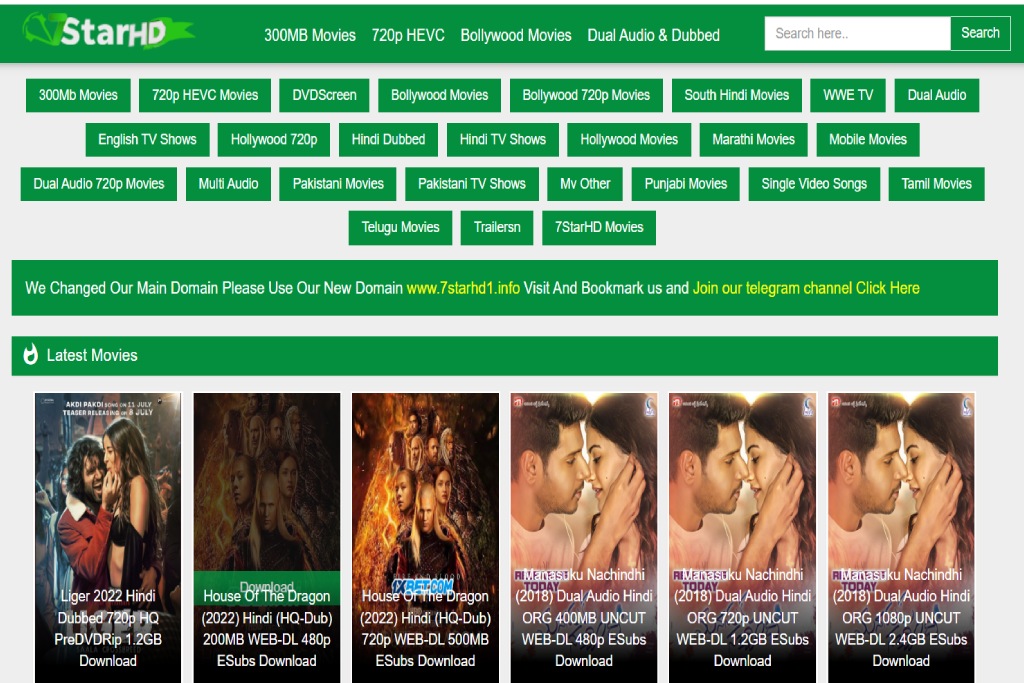How AI (Artificial Intelligence)Can Create Masterpieces

Artificial intelligence (AI) is a tool created by humans that is still surrounded by a certain halo of mystery and mistrust. Many questions arise around it, such as the level of security or the regulation that should be made of its use. But the truth is that it is already present in various fields and provides a speed of data interpretation that is very advantageous.
AI helps people thanks to its ability to process information, for example:
- In quality control tasks that require a high speed of interpretation.
- In the prediction systems and early detection of errors based on fast comparisons.
- In real-time optimization of spaces to reduce delivery times and management costs.
Its integration is reliable and scalable when performed by expert professionals, such as those in our AI Solution Factory area. So it is no longer a myth that projects with this technology are complicated, and it is a service that anyone can use, whether or not they have programming knowledge.
For now, AI is only as intelligent as humans help it to be because it needs data and training to know how to interpret it. He still lacks enough empathy to equate himself with people. Still, Beethoven’s Symphony No. 10 is an example of the creativity he can develop if his predictive ability is taken into account.
The German composer died, leaving only a few fragments of what could have been his 10th Symphony. It is, therefore, unfinished work and impossible to know how its creator would have continued and finished it. It is a mystery that AI can solve if enough data is provided from which to build a library of references.
Machines cannot yet have feelings or interpret them, nor do they need to explain how their environment affects them in the way humans do. But they can understand patterns and read templates, filling in the gaps with new creations from what they have learned.
This is how the AI has managed to finish Beethoven’s 10th Symphony: interpreting the existing sketches, deciding where to include them according to the usual structure of a work of this type, and adding new melodies to the composition that mimic the original style of the author. The result is so surprising that hardly any experts can tell where the algorithm’s input begins and ends.
Is it a masterpiece comparable to the original? Can your creativity be like that of humans? What is certain is that they are different and demonstrate that we can work together to complement our intelligence to levels that are still being explored.
Also Read: What Does B2B Marketing Mean?






